Breno & surroundings
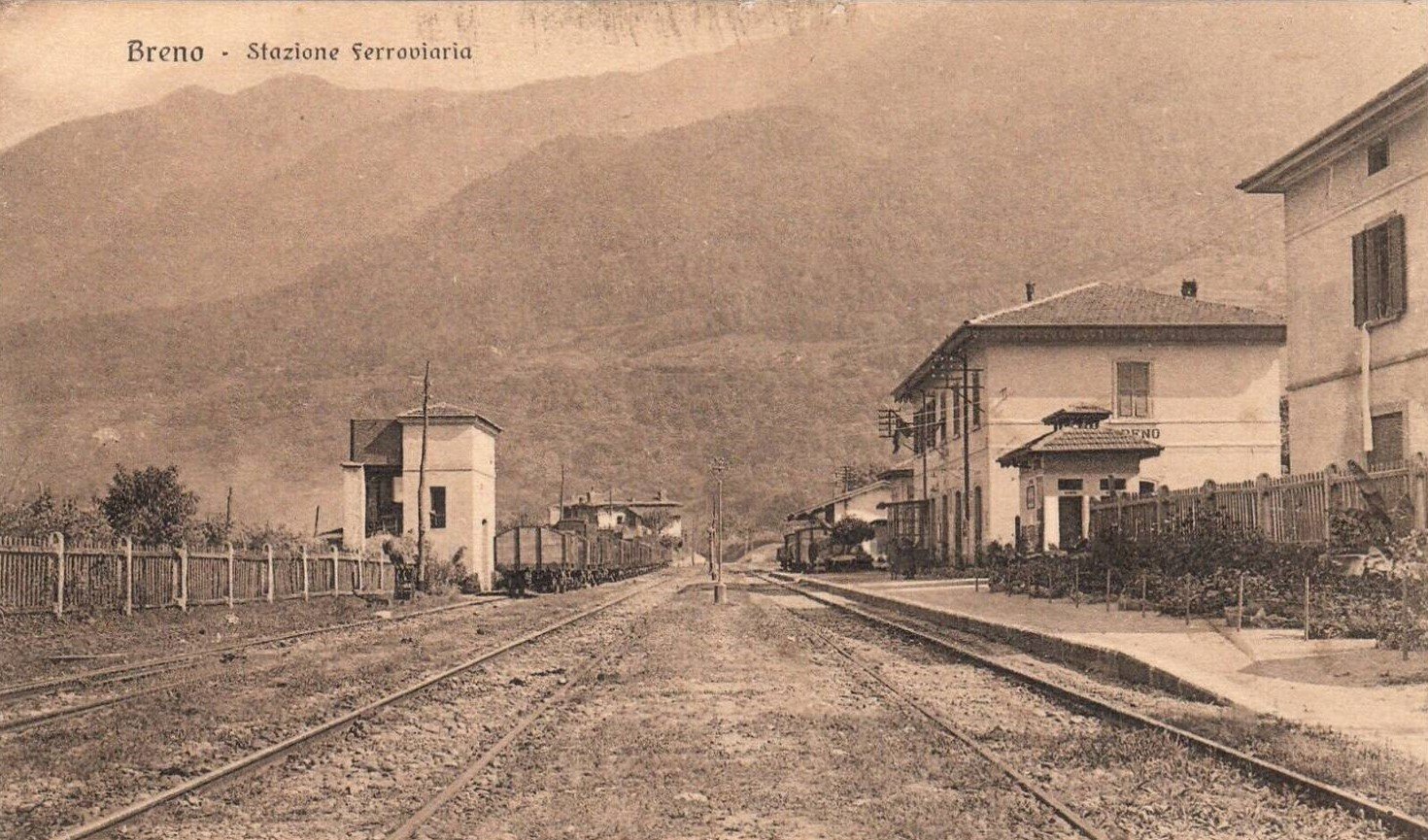

Breno is a town in the Val Camonica, in the province of Brescia. Its territory borders several municipalities: Bagolino, Borgo Chiese and Daone to the east, Niardo, Braone, Ceto and Losine to the north, Malegno and Cividate Camuno to the west, and Bienno to the south. The town is a major administrative centre, and is the location of the headquarters of the Comunità Montana di Valle Camonica and of the BIM della Valle Camonica.
Breno was the end of the line when work on the second section was completed, and has therefore always played a significant role in the line’s route, in part because the town has always been of considerable importance in the valley. The Carlo Tassara steelworks is located in the area, as well as small craft enterprises and businesses processing local products. Breno is still famous today for its water powered trip hammers used to make metal tools.
Gallery
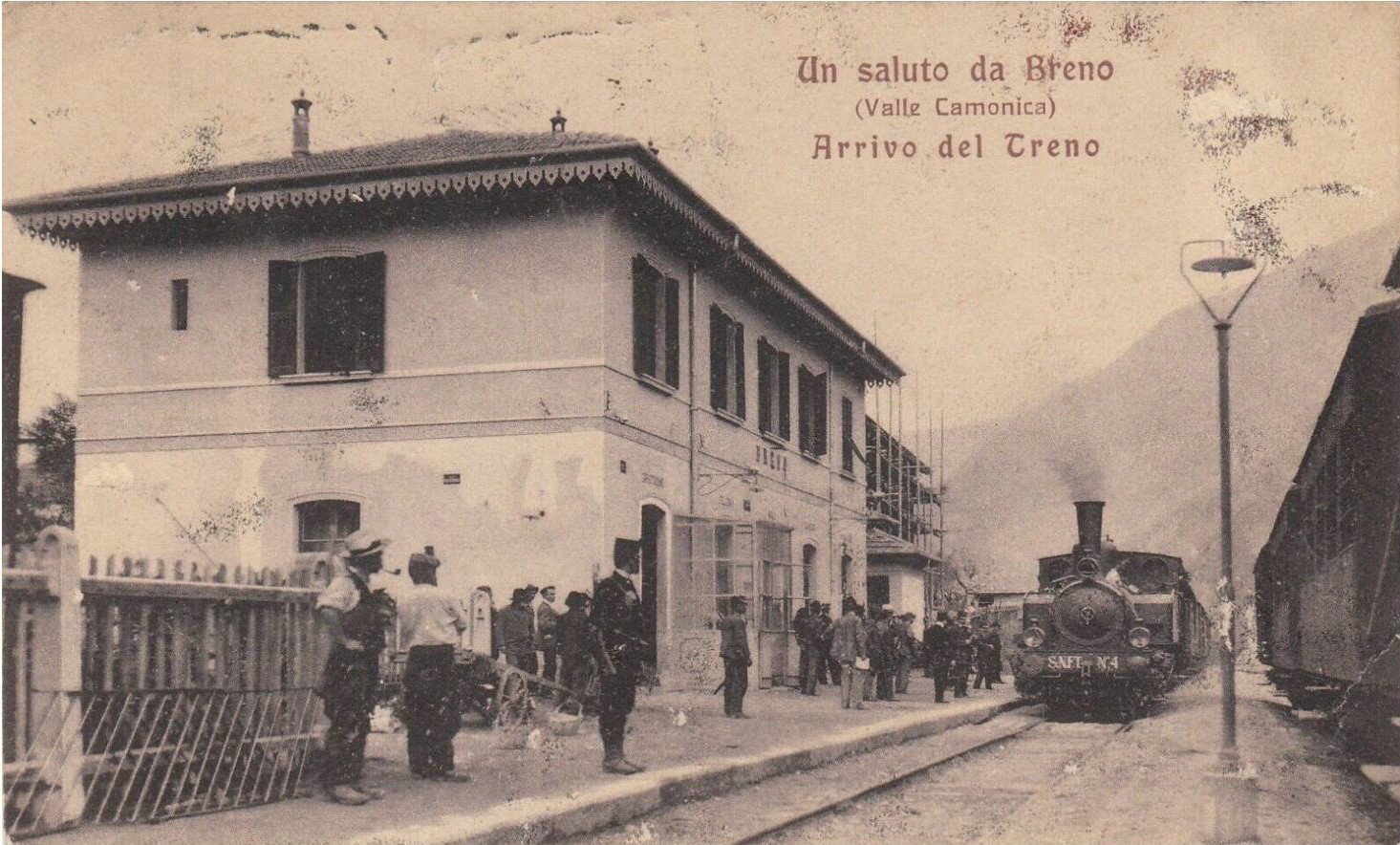
The number 4 at Breno 
View of the buildings at Breno 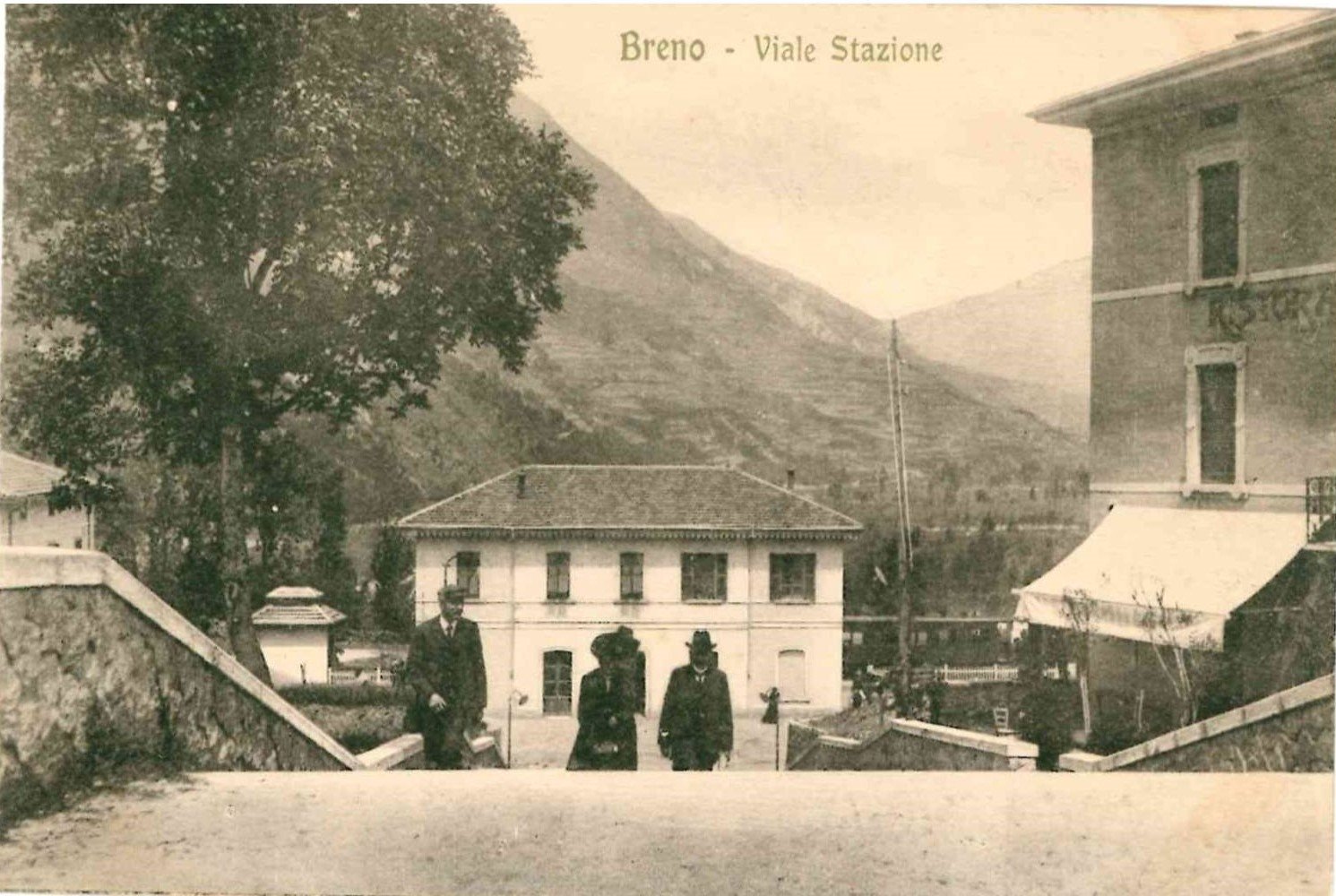
Viale Stazione, Breno of the past 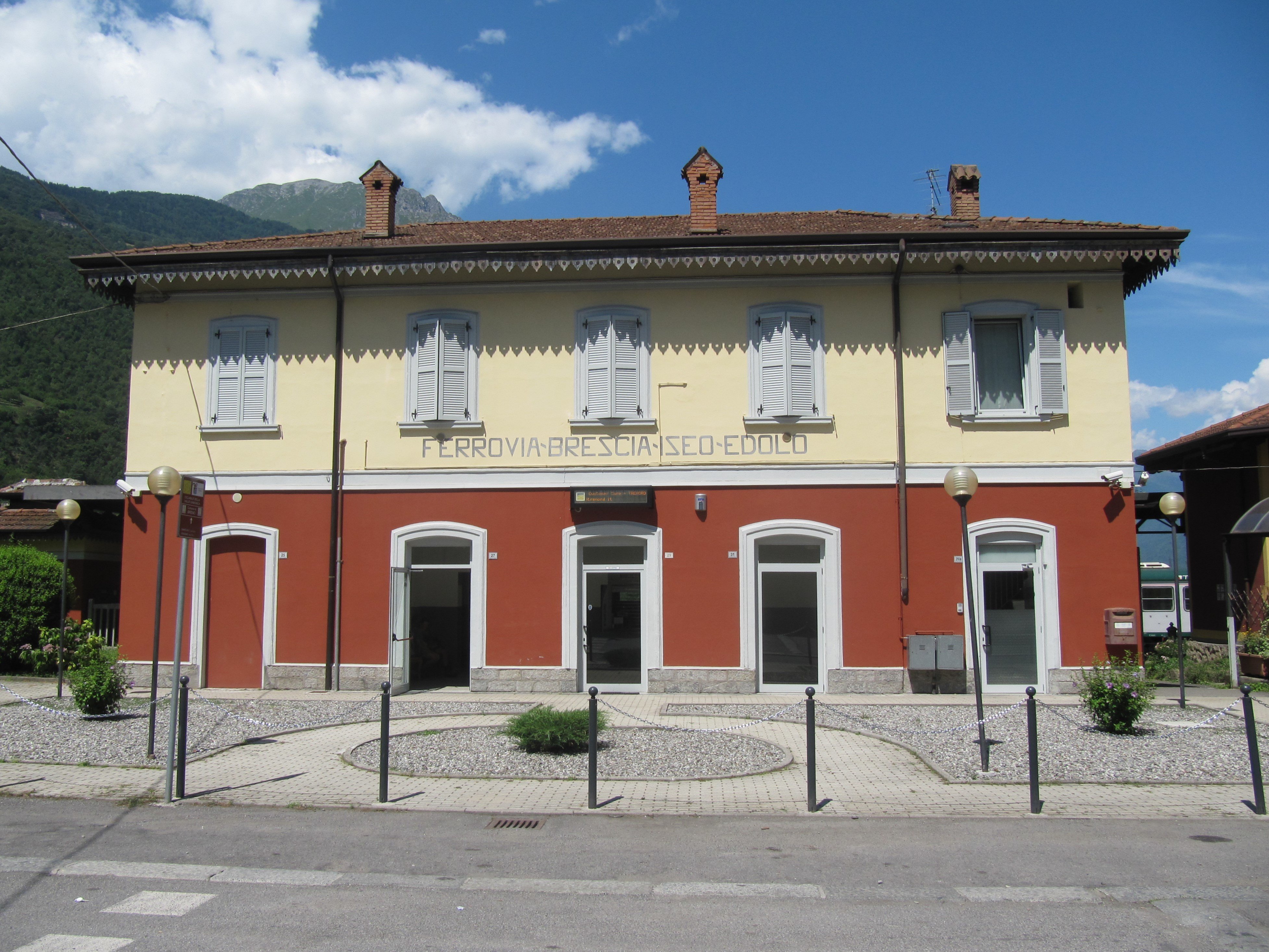
The exterior of the passenger building at Breno today 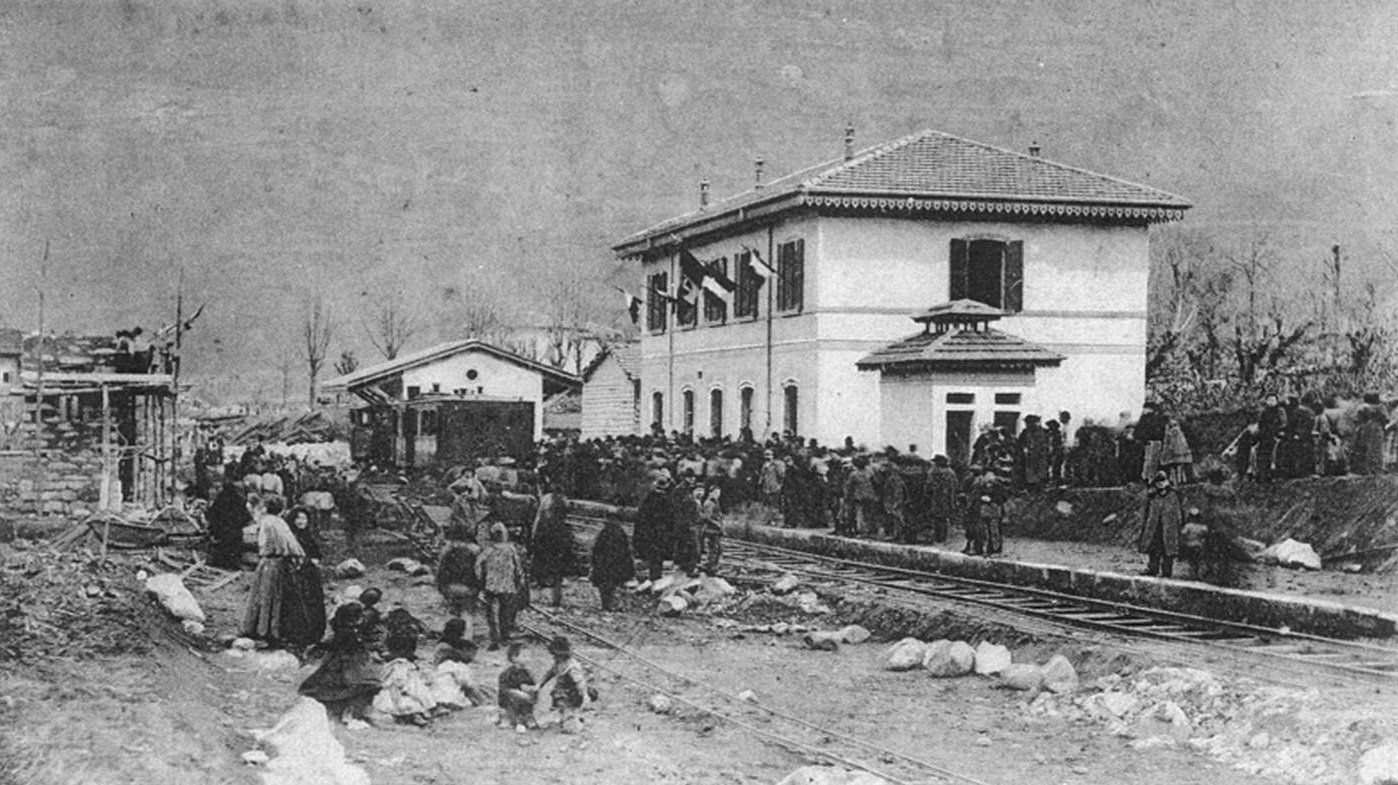
Crowd at Breno to see the arrival of the first locomotive 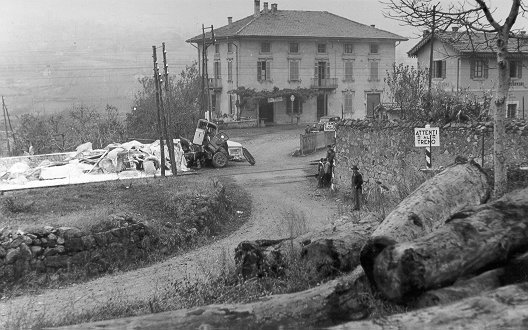
Photograph of an incident at Ceto station, 1950 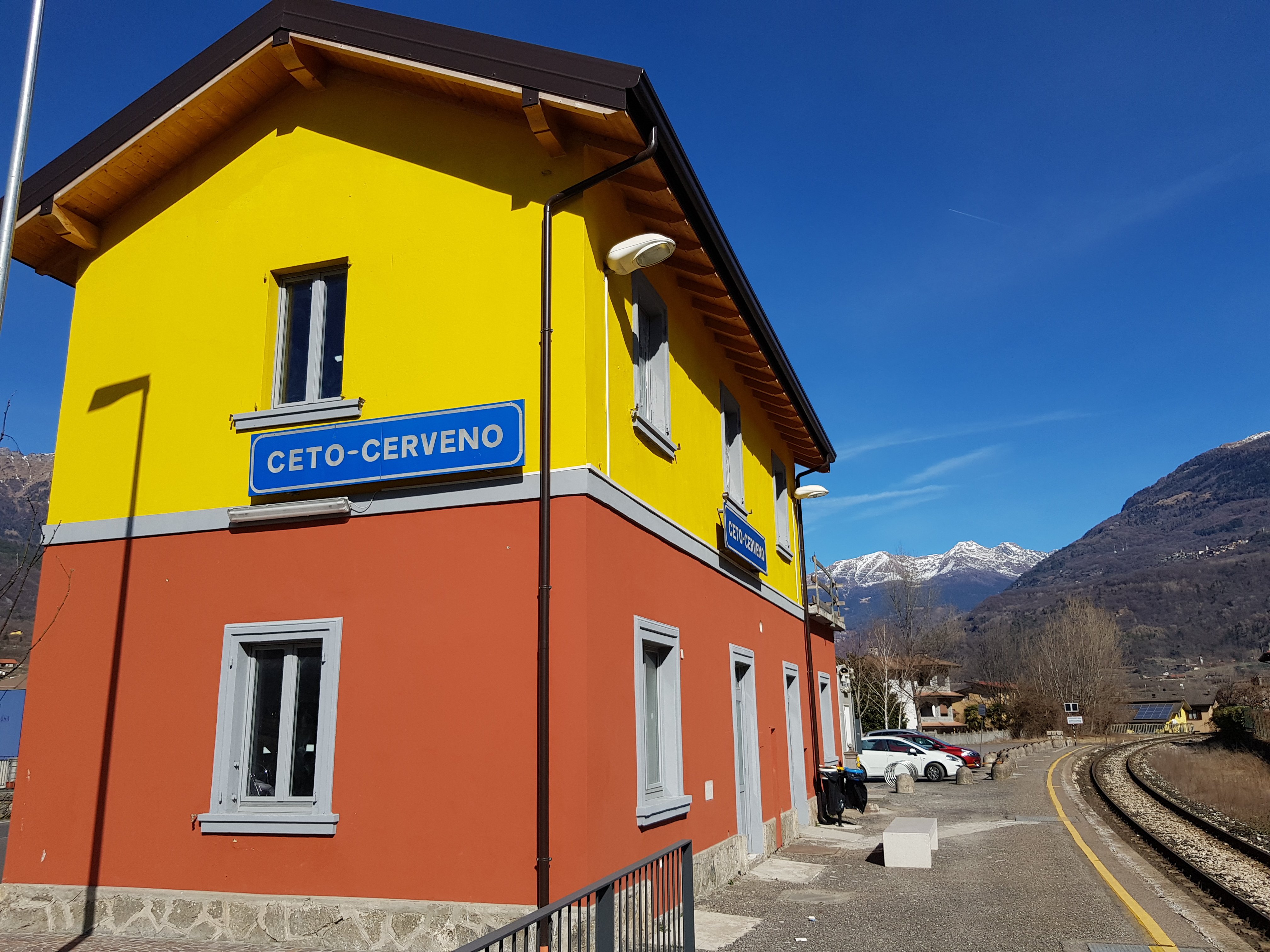
Modern renovation of Ceto-Cerveno station 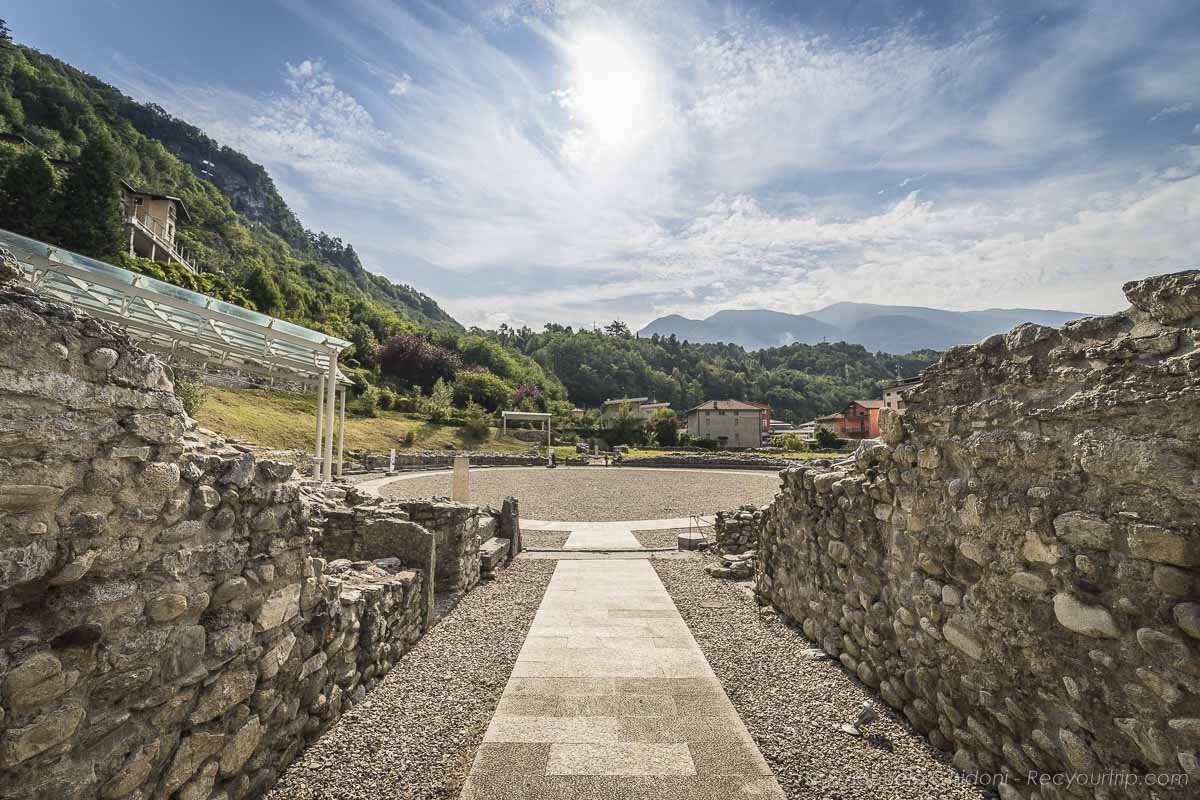
The Parco Archeologico del Teatro e dell’Anfiteatro, open since 2003, is a state-owned institution intended for public use, created with the aim of protecting, preserving and promoting the archaeological remains of the buildings in the entertainment district of the ancient Roman town of Civitas Camunnorum. The park offers an incredible snapshot of the ancient town, boasting the remains of an amphitheatre, whose outer structure has been entirely uncovered, and a theatre, a third of which is now visible. The complex is completed by a series of structures and service spaces, including a sacellum and small thermal baths. The buildings are in an exceptional position, both in scenic and functional terms: set against the Barberino hills, the theatre and amphitheatre stand against the natural slope. The park covers an area of about 20,000 m2, and features green spaces with plants and trees. As small and valley-based as it was, Cividate was created with a decidedly city-like appearance, following the typical grid layout of Roman cities and with important public buildings such as the theatre (whose excavation uncovered the entire plan of the porticus post-scaenam), the amphitheatre (recently recovered in the surviving part) and the baths. The houses, however, do not reflect the classic domus type, and are mainly of a type with a more local style of construction, which uses stone, wood and brick for the roofs, although of course there are also more refined buildings featuring elements sculpted in marble and floor mosaics.